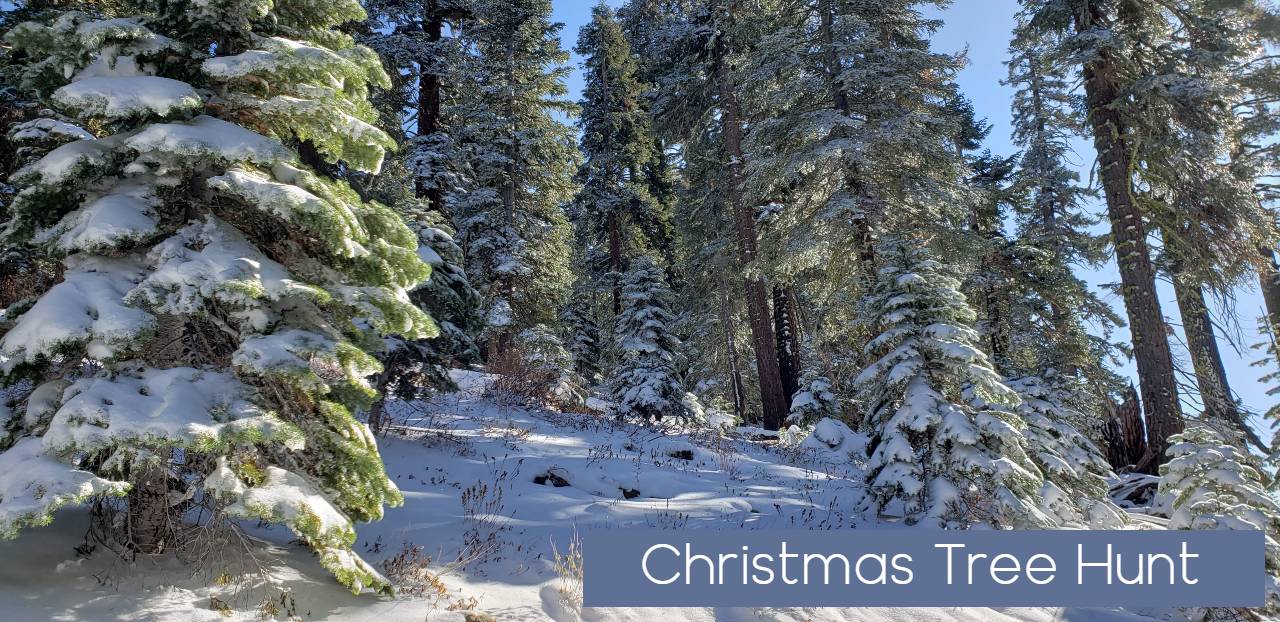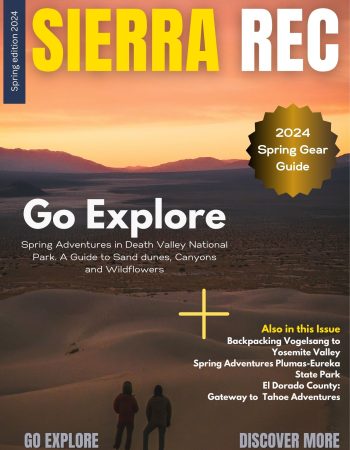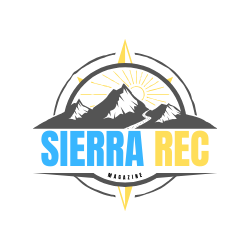The captivating beauty of Sierra Nevada’s winter night sky is a sight to behold. As stars twinkle against the backdrop of the dark, velvety sky, the winter landscape is bathed in a serene, ethereal glow.
Winter stargazing in Sierra Nevada is undoubtedly a wonder-filled experience, offering an unparalleled feeling of tranquility that you simply can’t find in the hustle and bustle of city life. This unique encounter with nature’s night-time spectacle is something that everyone should experience at least once in their lifetime.
In this article, we will explore some of the aspects of making winter stargazing in Sierra Nevada an unforgettable experience:
– Winter Stargazing Events and Festivals: These gatherings serve as a platform for amateur stargazers and seasoned astronomers alike to come together and share their passion for the stars. The community feeling adds another layer of warmth to the chilly winter nights.
– Aurora Borealis: Though they are rare, when the Northern Lights do make an appearance, it’s a sight to behold. The vibrant colors dancing across the sky are a mesmerizing spectacle that adds to the charm of winter stargazing.
– Incredible Photography: With the right camera settings, you can capture the beauty of the Sierra Nevada’s winter night sky through photography
– Stargazing Gear: The chill of winter shouldn’t deter you from enjoying the night sky. With the right gear like warm clothing, a comfortable reclining chair, a thermos of hot drink, and a good quality telescope, you can fully enjoy the tranquility of winter stargazing.
– Unobstructed Views: As the Sierra Nevada mountains are free from excessive light pollution, the winter sky opens up in all its glory, offering an unobstructed view of the heavens. You’ll be able to see constellations, planets, meteors, and even the ethereal beauty of the Milky Way with absolute clarity.

Stargazing Events and Festivals in Sierra Nevada
The Sierra Nevada region, with its minimal light pollution and clear winter nights, offers a stunning backdrop for stargazing. But the experience is not limited to solitary observers with telescopes. There are numerous events and festivals dedicated to the night sky, providing unique opportunities to immerse yourself in the celestial wonders. Here are some of the most popular stargazing events and festivals in Sierra Nevada:
– The Dark Sky Festival: This annual event is a celebration of the natural darkness of the Sierra Nevada night sky. The festival features activities for all ages, including stargazing sessions, guest lectures from astronomers, and workshops on astrophotography.
– The Sierra Summer Star Party: This event is a favorite among amateur astronomers. Held in a remote part of the Sierra Nevada, away from city lights, it offers incredibly clear views of the night sky. The party includes telescope viewings, educational talks, and star-themed activities for children.
– The Mono Lake Star Gazing Tour: This tour offers a unique opportunity to gaze at the stars while standing on the shores of the stunning Mono Lake. The tour is led by knowledgeable guides who point out constellations, planets, and other celestial wonders.
– The Tahoe Star Tours: These tours combine stargazing with a little bit of luxury. Held at various upscale locations around Lake Tahoe, they offer comfortable seating, hot drinks, and expert commentary on the night sky.
These events and festivals provide a unique way to experience the night sky in Sierra Nevada. Whether you’re an experienced amateur astronomer or a beginner who’s just starting to explore the wonders of the universe, these events offer unforgettable views and plenty of knowledge to take home. So bundle up, grab your telescope, and prepare to be amazed by the winter night sky of the Sierra Nevada.
Photographing the Winter Night Sky: Tips and Techniques
Embarking on a journey to capture the Sierra Nevada’s winter night sky offers an unparalleled experience. To ensure success:
- Camera Settings: Utilize a camera capable of manual mode. Set a high ISO (1600-3200), wide aperture (f/2.8 or lower), and long exposure (15-30 seconds). These settings help capture faint starlight and the elusive Aurora Borealis.
- Equipment Selection: A sturdy tripod is essential to avoid camera shake during long exposures. Consider wide-angle lenses for expansive sky shots and a remote shutter release for precision.
- Long Exposure Mastery: Experiment with exposure times. Longer exposures reveal star trails, while shorter ones capture pinpoint stars. Balancing exposure time is key to avoiding overexposed images.
- Location Scouting: Within Sierra Nevada, find spots away from artificial light. Higher altitudes can offer clearer skies. Research specific areas known for their dark skies and accessibility.
- Capturing the Northern Lights: Timing is crucial. Monitor aurora forecasts and be ready to capture their sudden appearance.
- Post-Processing: Enhance your images with editing software. Adjusting contrast, brightness, and color balance can bring out the best in your night sky photographs.
Remember, patience and practice are essential in night sky photography. Each shot brings you closer to perfecting this art and capturing the mesmerizing beauty of the Sierra Nevada’s winter night sky.
The Magic of Aurora Borealis: Northern Lights in Sierra Nevada
Sierra Nevada, known for its majestic landscapes and pristine wilderness, is also a magical destination for stargazers. Amidst the snow-capped peaks and icy rivers, one can witness a celestial spectacle that seems almost surreal – the Aurora Borealis or Northern Lights.
The Aurora Borealis is a natural light display caused by the collision of solar particles with gases in the Earth’s atmosphere. These lights are typically seen in the polar regions but can sometimes be visible from locations further south, like the Sierra Nevada, during periods of high solar activity.
The Magic Unveiled
– Colorful Display: The beauty of the Aurora Borealis lies in its radiant colors. The typical green hue can occasionally be accompanied by pink, purple, red, blue, or yellow, depending on the type of gas particles involved in the collision.
– Rare Sight: The sighting of the Northern Lights in Sierra Nevada is rare and usually occurs during the winter months when the nights are longest, and solar activity is high.
– Best Locations: While the Aurora can be seen from various places in the Sierra Nevada, some of the best viewing spots include the high altitude areas with minimal light pollution like Lassen Volcanic National Park and Death Valley.
Chasing the Northern Lights
When planning to witness the Northern Lights in Sierra Nevada, there are a few things to keep in mind:
– Time of Year: The best time to see the Aurora Borealis is during the winter months, from late November to early March.
– Weather Conditions: Clear, dark skies are ideal for viewing. Check the weather forecast before heading out as cloud cover can obscure the lights.
– Solar Activity: The Aurora Borealis is dependent on solar activity. There are various online resources that provide forecasts of solar activity and the likelihood of seeing the Northern Lights.
– Patience is Key: The Aurora Borealis is unpredictable. Be prepared to wait and keep an eye on the sky.
The magic of the Aurora Borealis is a sight to behold and adds another layer of wonder to the already awe-inspiring Sierra Nevada winter night sky. This spectacular show of lights dancing across the sky is not just a treat for the eyes but a delightful experience for the soul.
Essential Gear for Winter Stargazing
Stargazing amidst the snow-covered peaks of Sierra Nevada is a surreal experience. However, winter stargazing comes with its own challenges, including freezing temperatures and unpredictable weather. The right gear can greatly enhance your stargazing experience by keeping you comfortable and safe. Here are some essential items you should consider for your winter stargazing adventures in Sierra Nevada:
Warm Clothing
– Insulated Clothing: Temperatures in Sierra Nevada can plummet significantly during the winter. Layering your clothing is the best way to stay warm. Opt for thermal underwear, insulated pants, a warm jacket, and don’t forget a hat and gloves.
– Thermal Socks and Boots: Your feet can get cold quickly when standing still, so it’s important to wear warm socks and insulated boots.
Stargazing Equipment
– Telescope: A good quality telescope can give you a closer look at the stars, planets, and constellations. Choose one that is portable and easy to set up.
– Star Maps and Apps: Star maps can help you identify what you’re seeing. Additionally, there are numerous stargazing apps available that can enhance your experience.
– Red flashlight: A red flashlight is essential for preserving your night vision while reading star maps or setting up equipment.
Comfort and Safety
– Portable Heater: A small, portable heater can help keep you warm during your stargazing adventure.
– Thermos: A thermos filled with a hot drink can be a lifesaver on a cold night.
– Portable Chairs or Blankets: Standing for hours can be tiring. Bring along a portable chair or a blanket to sit on.
– First-aid Kit: Always have a basic first-aid kit handy. It should include band-aids, antiseptic wipes, and any personal medication you might need.
Remember, safety should always be your priority when stargazing in winter. Always check the weather forecast before you head out and let someone know where you’re going and when you expect to return. With the right gear and a sense of adventure, winter stargazing in Sierra Nevada can be an unforgettable experience.
Light Pollution in Sierra Nevada
When one thinks of the Sierra Nevada, images of towering mountains, sweeping valleys, and untouched wilderness often come to mind. But tucked away in this vast natural landscape, stargazers can find a haven away from the bright lights of the city. Although it’s true that Sierra Nevada is not immune to light pollution, several key areas offer breathtaking views of the winter night sky.
Light Pollution Levels
Light pollution, simply put, is the brightening of the night sky caused by artificial light sources, such as streetlights and buildings. This can greatly obscure our view of celestial objects. Sierra Nevada, like many natural areas, does face some degree of light pollution. However, it is significantly less than what you would find in more urban locales.
Effects on Stargazing
The effects of light pollution on stargazing can be quite profound. Bright city lights can outshine the stars, making them less visible. However, the Sierra Nevada’s relatively remote location and sparse population help to keep light pollution at bay, offering clearer views of the night sky.
Areas with Low Light Pollution
In Sierra Nevada, there are several areas that are particularly well-suited for stargazing due to their lower levels of light pollution:
– Desolation Wilderness: This protected wilderness area is far removed from city lights, making it an ideal location for stargazing.
– Mono Lake: Located on the eastern edge of Sierra Nevada, Mono Lake’s isolation allows for excellent views of the winter night sky.
– Yosemite National Park: While some areas of the park do face light pollution, others, particularly those in the high country, offer stunning views of the stars. Tenaya Lake is a great location if you are not backpacking in the back country
Light Pollution Mitigation
Mitigation efforts are ongoing in Sierra Nevada to further reduce light pollution. From promoting the use of dark-sky friendly lighting in local communities to creating public awareness about the importance of preserving dark skies, these efforts aim to ensure that the beauty of Sierra Nevada’s winter night sky can be enjoyed for generations to come.
While it’s true that Sierra Nevada does face some light pollution, it’s also true that the region still offers some of the best stargazing opportunities in the country. So bundle up, head out, and let the winter night sky of Sierra Nevada reveal its celestial wonders to you.
In conclusion, the tranquility that comes from stargazing in the Sierra Nevada mountains during winter is not just about observing the stars. It’s about connecting with nature, feeling a sense of peace and wonder, and being reminded of our place in the universe. As you gaze up at the star-studded sky, you’ll find a serene silence that will leave you feeling refreshed and rejuvenated. So, bundle up, step outside, and let the stars take your breath away in Sierra Nevada this winter.











